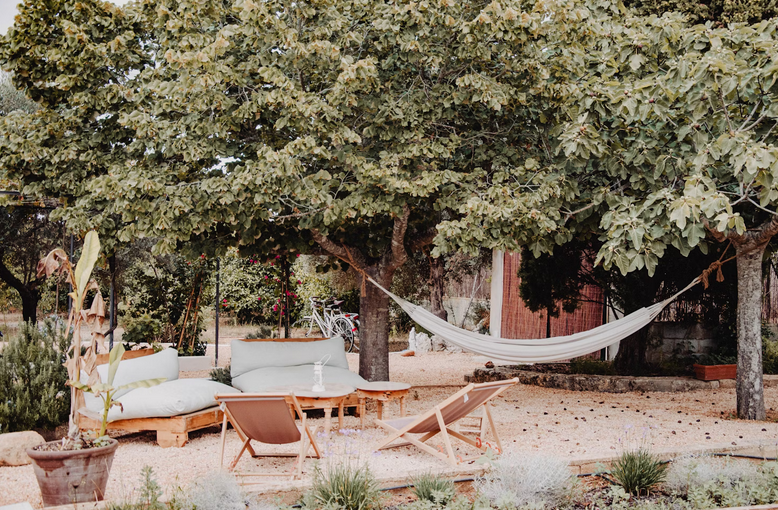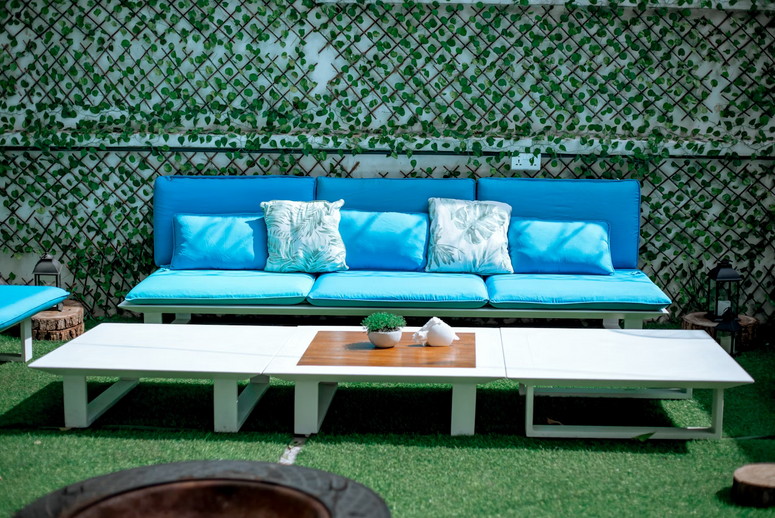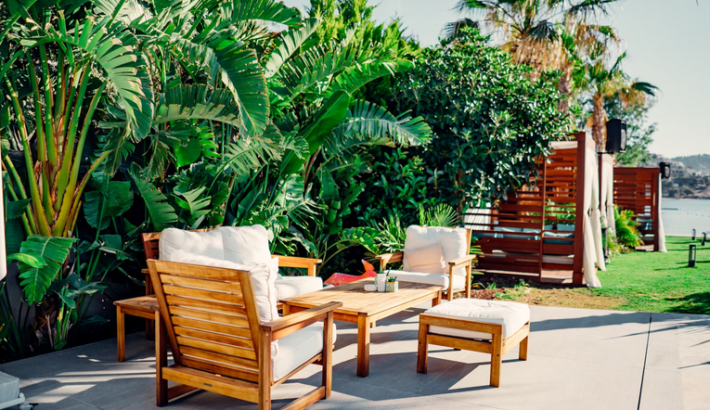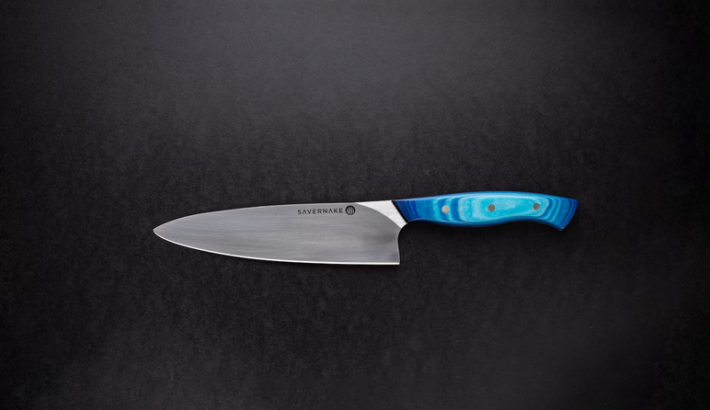Turning your patio into a cozy and inviting outdoor retreat doesn’t have to break the bank. With a little creativity and some elementary woodworking skills, you can create custom outdoor furniture pieces to add to your kalamazoo patio furniture for outdoors. This addition not only boosts functionality but also enhances the aesthetic appeal of your outdoor space. Whether you’re a seasoned DIY enthusiast or a beginner looking for a weekend project, here are some DIY outdoor furniture ideas to inspire your patio makeover:
Pallet Furniture
Pallets are unique and inexpensive materials that can be repurposed into stylish outdoor furniture pieces. From rustic sofas and coffee tables to vertical planters and bar carts, the possibilities are endless with pallets. Sand down the pallets, paint or stain them to your desired finish, and assemble them into your chosen furniture design using screws or nails. Add cushions and outdoor-friendly fabrics to complete the look and make your pallet furniture comfortable and inviting.
Hanging Hammock Chairs

Hanging hammock chairs are perfect for lounging and relaxing on your patio. You can easily make your own using sturdy canvas fabric or outdoor upholstery fabric and rope or chain for hanging. Cut the fabric to your preferred size and shape, hem the edges to prevent fraying, and reinforce the corners with grommets or eyelets. Attach the fabric to a wooden dowel or metal hoop using sturdy knots or hardware, and hang it from a ceiling beam using a strong rope or chain.
Concrete Side Tables
Concrete side tables are a chic and modern addition to any patio space. You can create your own custom concrete side tables using molds or forms made from plywood and plastic. Mix concrete according to the manufacturer’s instructions and pour it into the molds, tapping them gently to release any air bubbles. Once the concrete has cured, take off the molds and sand down any rough edges. You can further customize your concrete side tables by adding pigments or embedding decorative elements like pebbles or glass beads into the surface.
Adirondack Chairs
Adirondack chairs are classic outdoor furniture pieces that never go out of style. You can build your own using simple lumber and basic woodworking tools. Plenty of free plans and tutorials are available online to guide you through the construction process. Customize your Adirondack chairs with curved backs, wide armrests, and contoured seats for maximum comfort. Finish them with a weather-resistant sealant or outdoor paint to protect them from the elements and keep them looking like new for years to come.
Foldable Picnic Table

A foldable picnic table is a versatile and space-saving solution for outdoor dining and entertaining. You can build your own using lumber and hinges for easy folding and storage. Customize the size and design of your picnic table to fit your patio space and seating needs. Finish it with a weather-resistant sealant or outdoor paint to protect it from the elements and ensure durability. Foldable picnic tables are perfect for small patios or balconies where space is limited, but functionality is essential.
Cinder Block Bench
Cinder blocks are affordable and readily available materials that can be used to create durable outdoor furniture pieces. You can build a simple cinder block bench by stacking cinder blocks horizontally and vertically to create a sturdy base, then add a wooden seat made from reclaimed lumber or pressure-treated wood. Customize your cinder block bench with colorful cushions and outdoor pillows to add comfort and personality to your patio space.
Wine Barrel Table
Wine barrels are charming and rustic materials that can be repurposed into unique outdoor furniture pieces. You can turn a wine barrel into a stylish table by cutting it in half horizontally and adding a flat wooden top to create a stable surface. Sand down the edges and seal the wood with a weather-resistant finish to safeguard it from moisture and UV damage.
DIY outdoor furniture projects are a fun and rewarding way to enhance your patio space and create a personalized outdoor oasis. Whether you’re repurposing materials like pallets and wine barrels or building furniture from scratch using lumber and hardware, there are plenty of creative options to suit every style and budget.…




